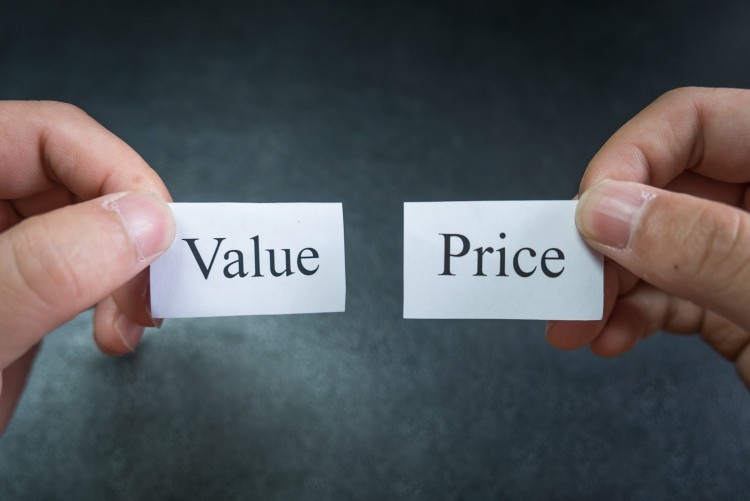
Business Enterprise Value vs. Selling Price
By Generational Equity
12/06/2017
One of the most important concepts for business owners to internalize is the difference between the business enterprise value (BEV) determined by your M&A advisory firm and what the ultimate selling price for your business may be.
The BEV is purely a financial estimate based on recast historic financials that are projected forward for five years. Typically these future earnings are discounted back at a discount rate based on the perceived risk associated with the company and its strengths and weaknesses. As the company grows (or shrinks) and as the economy and risk associated with the business change, so too does the BEV.
But the BEV is NOT the ultimate selling price.
The ultimate selling price is determined by what a willing and informed buyer will pay for the opportunity to obtain the future earnings of the business, plus other factors driven by the “intangible assets” of the individual company. The value of these intangible assets will vary from buyer to buyer to buyer.
Some buyers will be more interested in your blue chip customer base. Others might find your prime location of greater value. Maybe it will be your internal processes and systems that set you apart. Some may find your long-term contracts with key suppliers at great rates the most important feature.
Each of these certainly is part of the reason you are succeeding and generating profits. However, in many cases when combined with the buyer’s strengths, the equation often equals the old synergy equation of 2 + 2 = 6.
Synergy Samples
For example, let’s say you have a great product you produce, but your sales and marketing is weak due to a number of factors. You have attracted a buyer who has a tremendous sales team that can now be combined with your remarkable products to create a win-win scenario.
Another example could be that you have created internal operating systems that allow you to have a pre-tax profit margin of 15% when the industry average is 10%. Buyers who are at (or below) the average will be interested in obtaining your business and replicating your efficiencies in their business model to improve their bottom line as well.
As you can see these synergies are unique from buyer to buyer. And ultimately are samples of why your BEV can be far different from the ultimate selling price of your company.
The real key to achieving an optimal deal is having a deal team working for you that is in constant communication and doing endless research on who is acquiring in your industry and more importantly WHY they are acquiring. One of the reasons Generational Equity has closed more transactions than any other firm in the lower middle-market is largely due to the quality of dealmakers on our team. Collectively they have hundreds of years of experience in closing optimal deals for companies across North America.
On top of this, they have access to unrivaled research sources including an internal database of over 30,000 registered buyers who have told us specifically the types of companies they are looking for and update these interests with us several times a year. It is these tools that very few M&A firms have access to.
Having skilled people and incomparable tools at our disposal allow us to look for buyers that see synergies that add value to the BEV of every client.
To learn more about BEV vs. selling price, you should set aside some time to attend one of our complimentary exit planning conferences. Whether or not you are thinking about selling your business just yet, I think you will find the information extremely beneficial as you consider your exit planning and timing. To learn more call us at 972-232-1121 or fill out a contact form with any specific questions you may have.
And remember your BEV may not be what your ultimate selling price may be.
By Carl Doerksen, Director of Corporate Development at Generational Equity.
© 2021 Generational Equity, LLC. All Rights Reserved.



